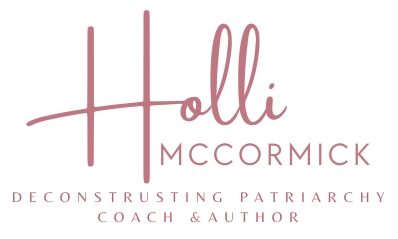Plainsong Prose Style
A writing style that "is fairly blunt and straightforward..." ~ Margaret Atchwood (author of The Handmaid's Tale) in her MasterClass
Their bodies dripped of sweat. The music pulsed in the dark room as they moved to the beat. Some on beat, some beyond beat.
The smell was a mixture of sage, a gym and sex.
Some screamed in pleasure, some in pain. Some shouted. Some laughed. Others cried. None spoke in any audible words unless there were lyrics to the song.
The rise and fall of the music was mirrored in the rise and fall of the room, and within the rise and fall of each dancer.
There were no apparent steps to this dance, though there seemed to be some type of steps all on the dance floor knew. For while there was chaos, the chaos never caused any collisions. No one ran into other dancers. There were near misses. Close calls. Body parts meeting unexpectedly. Touching and somehow bouncing off one another in a sing-song like manner. Yet no one had any hard run-ins with others.
Then there were dancers in pairs of two. Sometimes more. Again no apparent steps they were following. Yet they melted and molded to each other’s bodies with every movement. Arms became legs. Legs became jungle gyms to climb on. Heads were connection points in some unspoken greeting. Bodies were steam rollers over other bodies. A game of push and pull, pull and push flowing into twirls, into dips...into sways...into stillness - then back out into a display of boisterous mutual glee. And beyond.
There was a man behind a computer, with headphones on, here and there. Set to the side of the room. Visible to all, though not dancing with any. He danced with his hands, conducting the music via his arms. Sometimes fully watching, observing the crowd. Sometimes lost to the crowd, illuminated by the computer screen.
Compare to the Baroque Style here.
